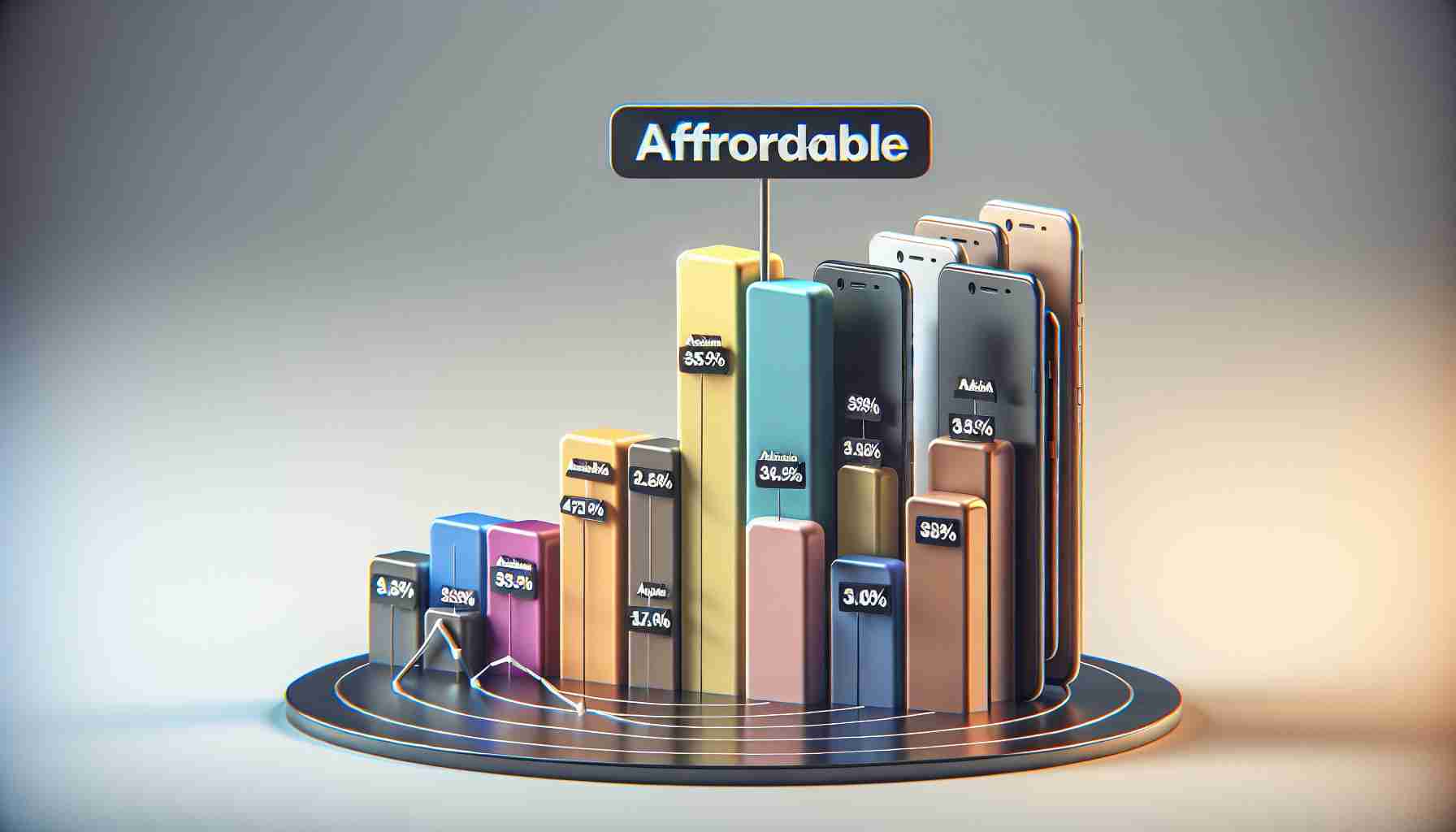Samsung has registered an impressive number of smartphone shipments in the first quarter of 2024, with over 11.1 million units reaching consumers. This reflects a 6% spike from the previous year’s figures. However, the electronics giant has seen its market share take a slight downturn, falling 6 percentage points to 32%.
It is apparent that cost-effective handsets are the preferred choice in the Latin American market. This trend is reflected in the diminished popularity of premium smartphones. Notwithstanding Samsung’s efforts in releasing high-end devices, their sales are overshadowed by more affordable options, such as Samsung’s Galaxy A series, which caters to the budget and mid-range segments.
Other manufacturers are also reaping the benefits of this consumer pattern. Brands like Xiaomi, Transsion, and Honor have experienced substantial growth in shipments, with increases ranging from 45% to an astonishing 293% over the last year.
New technological advancements like artificial intelligence, often a feature of pricey models, have not swayed Latin American consumers’ preference. According to Canalys, a mere 7% of smartphones sold in the region were priced at or above $800. In stark contrast, about 82% of phones purchased fell under the $400 mark, proving once again that affordability is a paramount concern for consumers in this part of the globe.
When it comes to smartphone sales, several factors such as economic conditions, purchasing power, consumer preferences, and brand loyalty play significant roles. In the context of Latin America, these factors converge toward a preference for affordable devices:
Key Questions and Answers:
Q: Why is there a preference for affordable smartphones in Latin America?
A: Economic factors and lower average income levels in Latin America often dictate consumer purchasing behavior. The preference for affordable smartphones is driven by the need for value for money and functionality at lower costs.
Q: What challenges does Samsung face in this market with their premium models?
A: The primary challenge for Samsung’s premium models is the difficulty in convincing budget-conscious consumers to invest in higher-priced devices when affordable alternatives meet their needs.
Q: How does the preference for affordable smartphones affect the overall market in Latin America?
A: It creates a competitive environment where manufacturers increasingly focus on delivering value by packing competitive features into budget-friendly models, often leading to thinner margins.
Advantages and Disadvantages:
Advantages:
– Consumers benefit from having access to technology at more accessible price points.
– Increased competition among manufacturers may lead to better quality and features in affordable smartphones.
Disadvantages:
– Manufacturers may see decreased profit margins as they lower the price to meet market demand.
– There may be less emphasis on innovation in premium models if the market continues to lean towards economy devices.
Controversies:
The shift in focus towards affordable smartphones sometimes raises concerns about the potential for e-waste, as more electronics are produced with perhaps shorter lifespans and sustainability issues.
Key challenges associated with this trend include balancing cost and quality, providing adequate customer support and after-sales service, and navigating a competitive landscape where numerous players are vying for market share with aggressive pricing strategies.
For related information, visit:
– Samsung’s global website for corporate news and product portfolio: Samsung
– Canalys for research on the global smartphone market: Canalys
– Xiaomi’s official website to explore their product offerings: Xiaomi
